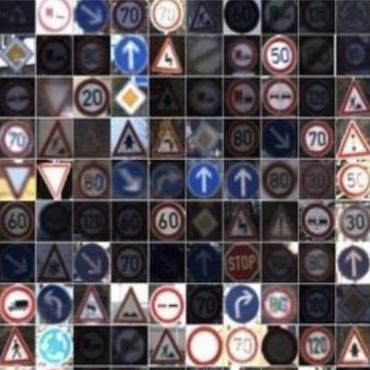Benchmarking Local Robustness of High-Accuracy Binary Neural Networks for Enhanced Traffic Sign Recognition
Traffic signs play a critical role in road safety and traffic management for autonomous driving systems. Accurate traffic sign classification is essential but challenging due to real-world complexities like adversarial examples and occlusions. To address these issues, binary neural networks offer promise in constructing classifiers suitable for resource-constrained devices. In our previous work, we proposed high-accuracy BNN models for traffic sign recognition, focusing on compact size for limited computation and energy resources. To evaluate their local robustness, this paper introduces a set of benchmark problems featuring layers that challenge state-of-the-art verification tools. These layers include binarized convolutions, max pooling, batch normalization, fully connected. The difficulty of the verification problem is given by the high number of network parameters (905k - 1.7 M), of the input dimension (2.7k-12k), and of the number of regions (43) as well by the fact that the neural networks are not sparse. The proposed BNN models and local robustness properties can be checked at https://github.com/ChristopherBrix/vnncomp2023_benchmarks/tree/main/benchmarks/traffic_signs_recognition. The results of the 4th International Verification of Neural Networks Competition (VNN-COMP'23) revealed the fact that 4, out of 7, solvers can handle many of our benchmarks randomly selected (minimum is 6, maximum is 36, out of 45). Surprisingly, tools output also wrong results or missing counterexample (ranging from 1 to 4). Currently, our focus lies in exploring the possibility of achieving a greater count of solved instances by extending the allotted time (previously set at 8 minutes). Furthermore, we are intrigued by the reasons behind the erroneous outcomes provided by the tools for certain benchmarks.
PDF Abstract



 GTSRB
GTSRB